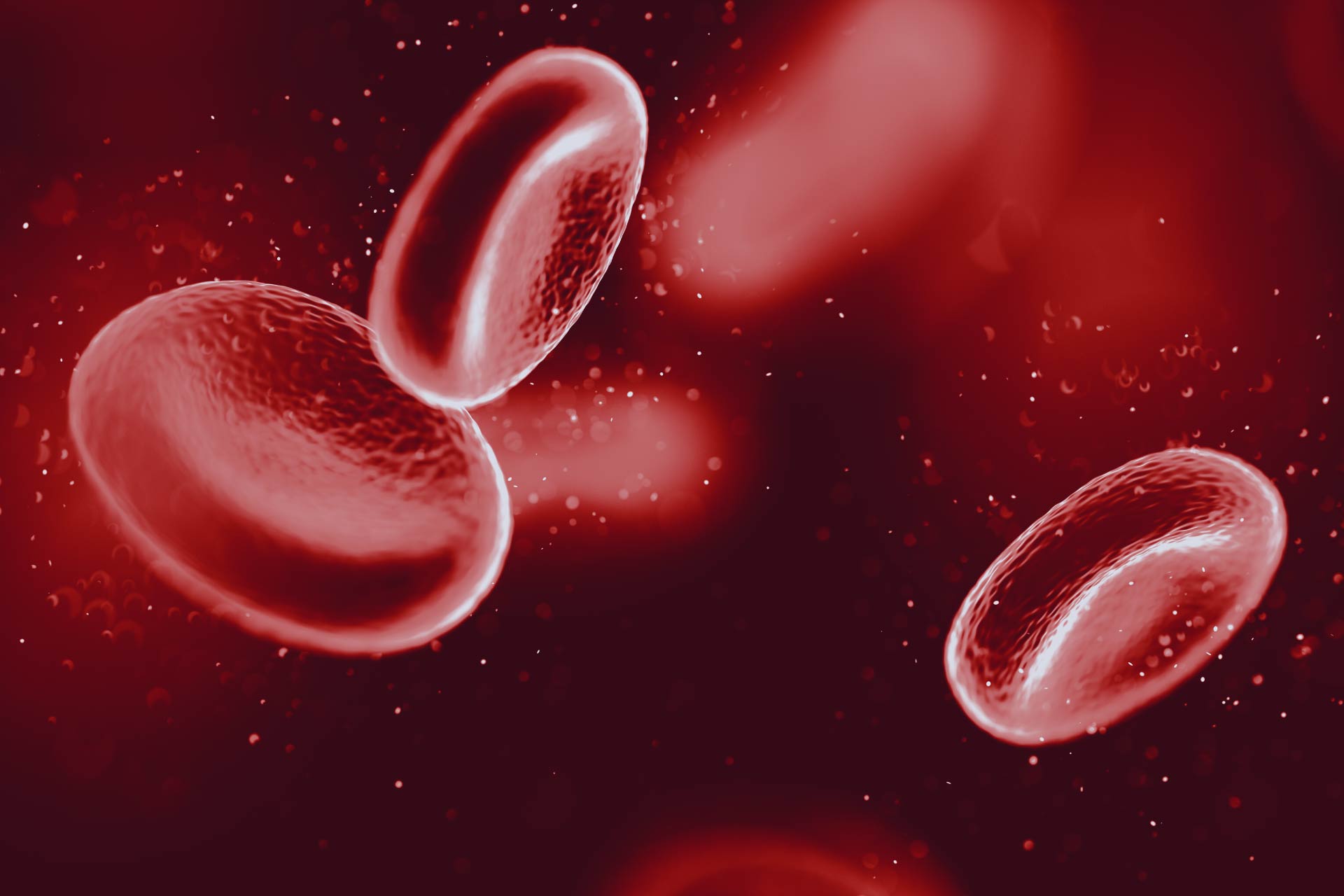• Disease risk
• Receptor interaction
• Drug benefits
What is already known on this topic
Heart conditions that involve narrowed or blocked blood vessels, which can lead to a heart attack or stroke, are the leading cause of death in Western countries. But although the major risk factors for heart disease are well known, a large portion of individuals at risk for serious events that may cause damage to the heart remain unrecognized.What this research adds
By analyzing the blood metabolites of thousands of people, researchers found a new microbiota-derived compound, called phenylacetylglutamine (PAG), that contributes at least in part to heart disease risk. PAG is a product of the amino acid phenylalanine—which is found in foods such as meat, beans, and soy—and is produced as gut bacteria digest dietary protein.Conclusion
The findings show that gut microbes—through the generation of PAG—play a key role in heart disease risk. The study also provides a new way to identify people at risk for heart disease.
Heart conditions that involve narrowed or blocked blood vessels, which can lead to a heart attack or stroke, are the leading cause of death in Western countries. But although the major risk factors for heart disease are well known, a large portion of individuals at risk for serious events that may cause damage to the heart remain unrecognized. Now researchers have identified a new microbial metabolite that is linked to events such as heart attack and stroke.
The findings, published in Cell, could lead to the development of new ways to diagnose, prevent, and treat heart disease.
Previous studies have shown that gut microbes play a key role in a person’s health, including heart health, and may contribute to heart disease risk. Stanley Hazen at the Cleveland Clinic in Ohio and his colleagues analyzed the metabolites in the blood of 1,162 people who were undergoing an evaluation of their heart health. Using this approach, the researchers discovered a microbial-derived compound, called phenylacetylglutamine (PAG), that associated with heart disease risk. PAG is a product of the amino acid phenylalanine—which is found in foods such as meat, beans, and soy—and is produced as gut bacteria digest dietary protein.
Disease risk
People with high levels of PAG in their blood were more likely to develop thrombosis, heart disease, heart attack, and stroke compared to individuals with lower blood levels of PAG. The researchers confirmed the observation that PAG correlates with heart disease risk in a separate group of 4,000 people. The team also found that PAG levels were elevated in the blood of individuals with type 2 diabetes.
Next, the researchers set out to probe how gut bacteria contribute to produce PAG. The team identified a microbial gene cluster that is important for the production of phenylacetic acid, which is PAG precursor.
Receptor interaction
To understand how PAG affects cell behavior, the researchers analyzed blood cells and isolated platelets from people’s blood samples, and they studied a mouse model of arterial injury. The team found that PAG increased platelet reactivity and contributed to the risk of blood clots, or thrombosis.
PAG interacts with several protein receptors, including so-called adrenergic receptors that are most abundant on the surface of platelets. Further experiments in mice showed that PAG-mediated risk of thrombosis is mediated by such adrenergic receptors.
Drug benefits
The team also found that beta-adrenergic receptor blocking agents, which are commonly used in people with heart disease, can reverse the negative effects of high PAG levels in the blood. This could explain in part why beta blockers reduce the risk of heart attack and stroke in people with heart disease, the researchers say.
“Our findings suggest that some of the benefits of beta-blockers may be attributed to preventing the activity of the gut microbe-generated metabolite PAG,” Hazen says. “Despite the extensive use and study of beta-blockers, this is the first time, to our knowledge, that this mechanism has been suggested as an explanation for some of their benefits.”









